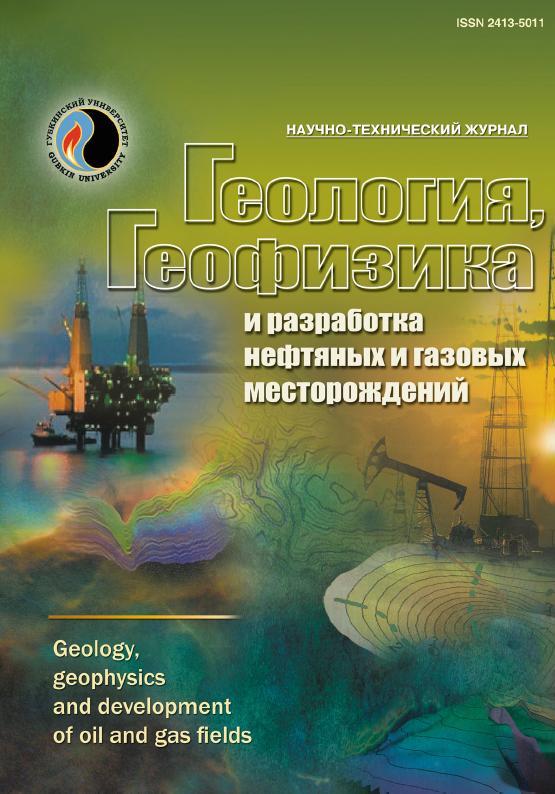Increasing information value of hydrodynamic well test by complexing different approaches
UDC: 622.276.031.011
DOI: -
Authors:
FEDOTOV SERGEY G. 1
1,
KRYGANOV PAVEL V. 1
1,
SAVITSKAYA OKSANA I. 1
1,
NIKULINA DIYANA P. 1
1,
BUKHAROV AIRAT R. 1
1
1 LUKOIL-Engineering LLC, Moscow, Russia
Keywords: hydrodynamic well test, complexing, filtration properties, well test simulation
Annotation:
The article is devoted to a complex approach of well test interpretation of oil wells. Using actual research materials as an example, the effectiveness of their interpretation when combining various techniques that made it possible to extract information from the original data in conditions of non-compliance with technological requirements for study is shown. When interpreting low-informative short-term pressure build up curves by using the automatic type-curve matching method, the monitoring of changes in reservoir pressure, skin factor and assessed productivity index has been performed. Interpretation of the long-term pressure curve applying Rate Transient Analysis provided additional information about the radial and linear flow regimes. Using well test simulation with different configurations of boundaries and various combinations of distances to them, the sources of linear flow and each radial flow regimes were determined. Interpretation of the long-term pressure change curve by using the type-curve matching method made it possible to clarify the distances to the boundaries. Complexing various approaches when analyzing well test can significantly increase their information value.
Bibliography:
1. Robert Erlager ml. Gidrodinamicheskie metody issledovaniya skvazhin. – M.–Izhevsk: IKI, 2007. – 512 s.
2. Kul’pin L.G., Myasnikov Yu.A. Gidrodinamicheskie metody issledovaniya neftegazovodonosnykh plastov. – M.: Nedra, 1974. – 200 s.
3. Analiz primeneniya GDIS-tekhnologiy v informatsionnom obespechenii proektirovaniya razrabotki / S.G. Vol’pin, Yu.A. Myasnikov, A.V. Svalov [i dr.] // Neft. khoz-vo. – 2002. – № 5. – S. 58–60.
4. Ipatov A.I., Kremenetskiy M.I. Geofizicheskiy i gidrodinamicheskiy kontrol’ razrabotki mestorozhdeniy uglevodorodov. – M.–Izhevsk: IKI, 2005. – 780 s.
5. Kremenetskiy M.I., Ipatov A.I., Gulyaev D.N. Informatsionnoe obespechenie i tekhnologii gidrodinamicheskogo modelirovaniya neftyanykh i gazovykh zalezhey. – M.–Izhevsk: IKI, 2012. – 896 s.
6. Gidrodinamicheskie issledovaniya skvazhin: analiz i interpretatsiya dannykh / T.A. Deeva, M.R. Kamartdinov, T.E. Kulagina [i dr.]. – Tomsk: TsPPS ND TPU, 2009. – 243 s.
7. Dynamic Data Analysis / O. Houze, D. Viturat, Ole S. Fjaere [et al.] // Kappa Engineering. – 2022. – V 5.50.01 – 778 p.
8. A new set of type curves simplifies well test analysis / D. Bourdet [et al.] // World Oil. – May 1983. – Pp. 95–106.
9. Bourdet D. Well Test Analysis: The Use of Advanced Interpretation Models. – Amsterdam: Elsevier, 2002. – 436 p.
10. Gidrodinamicheskie issledovaniya skvazhin putem ikh puska posle kratkovremennoy ostanovki / S.G. Vol’pin, I.V. Afanaskin, P.V. Kryganov, A.A. Glushakov // Neftepromyslovoe delo. – 2020. – № 11(623). – S. 41–54. – DOI: 10.30713/0207-2351-2020-11(623)-41-54

